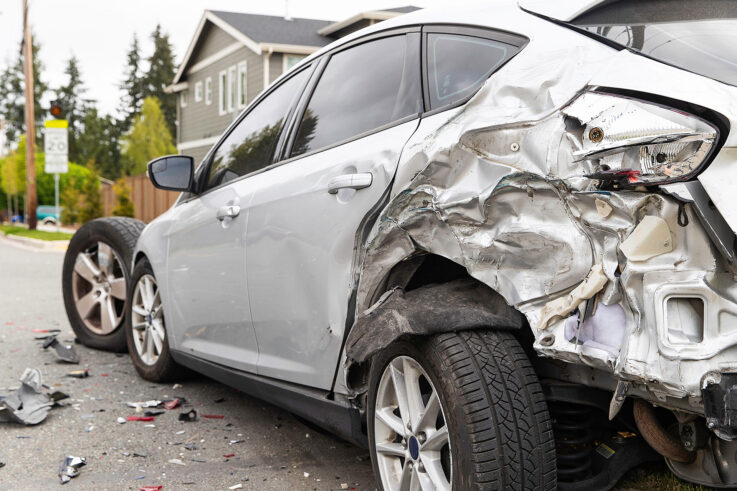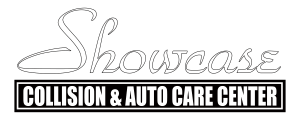Getting into a car accident, even a minor one, can be a stressful experience. Beyond the immediate shock, you’re faced with the daunting task of repairing your vehicle. Understanding the types of collision damage and the repair techniques involved can help alleviate some of that stress and empower you to make informed decisions. At Showcase Collision Warren, we believe in transparency and educating our customers. This blog post will break down some of the most common collision repairs we handle.
1. Minor Dents and Dings:
These are often the result of parking lot mishaps, hail damage, or small road debris. While seemingly cosmetic, they can diminish your car’s value and, if left untreated, potentially lead to rust.
- Damage: Small indentations or scratches in the body panels.
- Repair Techniques:
- Paintless Dent Repair (PDR): This technique is ideal for minor dents where the paint hasn’t been compromised. Specialized tools are used to massage the dent out from the inside, preserving the original factory finish. PDR is often faster and more cost-effective than traditional methods.
- Traditional Dent Repair: For deeper dents or those with paint damage, traditional methods are employed. This involves filling the dent with body filler, sanding it smooth, and repainting the affected area to match the original color.
2. Bumper Damage:
Bumpers are designed to absorb impact, but they can still sustain damage in a collision.
- Damage: Scratches, cracks, dents, or complete detachment of the bumper.
- Repair Techniques:
- Bumper Repair: Minor scratches and dents can often be repaired using specialized fillers and paint.
- Bumper Replacement: If the bumper is severely damaged or cracked, it may need to be replaced entirely.
3. Fender Bender Damage:
Fender benders can range from minor scrapes to significant structural damage.
- Damage: Dents, creases, or tears in the fenders, potentially affecting the wheel alignment and suspension.
- Repair Techniques:
- Panel Beating: Technicians use specialized tools to reshape the fender back to its original form.
- Fender Replacement: In cases of severe damage, the fender may need to be replaced.
4. Frame Damage:
This is the most serious type of collision damage and requires specialized expertise.
- Damage: Bending, twisting, or misalignment of the vehicle’s frame, which can severely compromise its structural integrity and safety.
- Repair Techniques:
- Frame Straightening: Specialized equipment is used to carefully pull and realign the frame back to its factory specifications. This is a critical step in ensuring the vehicle’s safety and handling.
5. Collision Damage Affecting Mechanical Components:
Collisions can also impact mechanical components like the suspension, steering, and brakes.
- Damage: Broken or damaged parts, misalignment, fluid leaks.
- Repair Techniques:
- Component Replacement: Damaged parts are replaced with new or remanufactured components.
- Alignment: Wheel alignment is crucial after a collision to ensure proper handling and tire wear.
6. Windshield and Glass Damage:
Even small cracks in the windshield can spread and become a safety hazard.
- Damage: Cracks, chips, or shattered glass.
- Repair Techniques:
- Windshield Repair: Small chips and cracks can sometimes be repaired using specialized resin.
- Windshield Replacement: Larger cracks or damage in the driver’s line of sight require complete windshield replacement.
At Showcase Collision Warren, we understand the complexities of collision repair. Our team of highly skilled technicians uses state-of-the-art equipment and industry-leading techniques to restore your vehicle to its pre-accident condition. We’re committed to providing quality repairs and exceptional customer service.
If you’ve been in an accident, don’t hesitate to contact Showcase Collision Warren. We’ll guide you through the repair process and get you back on the road safely.


